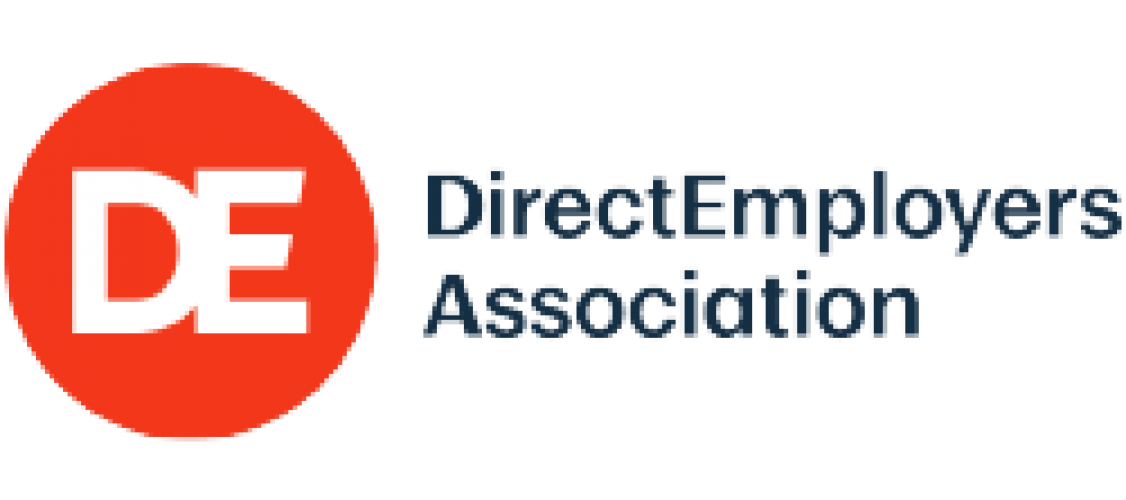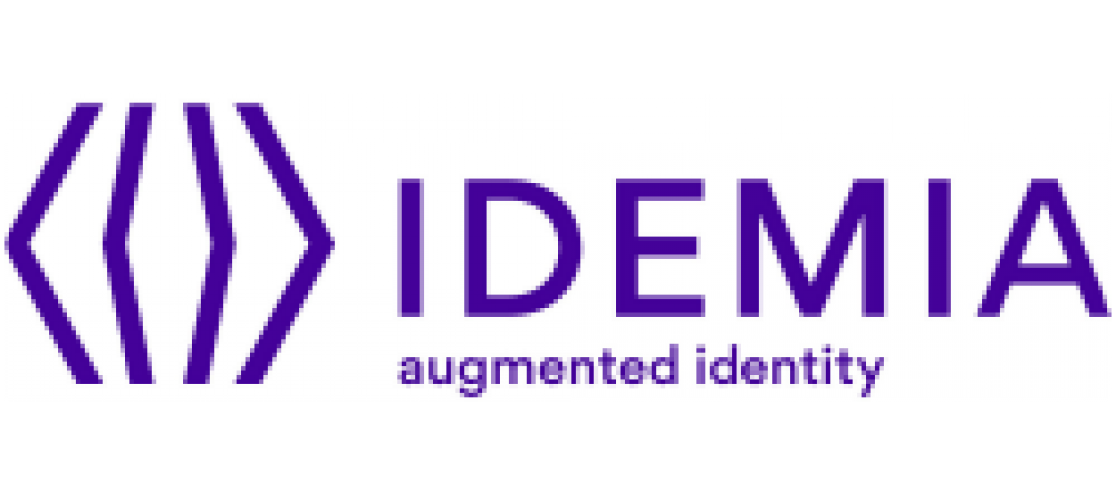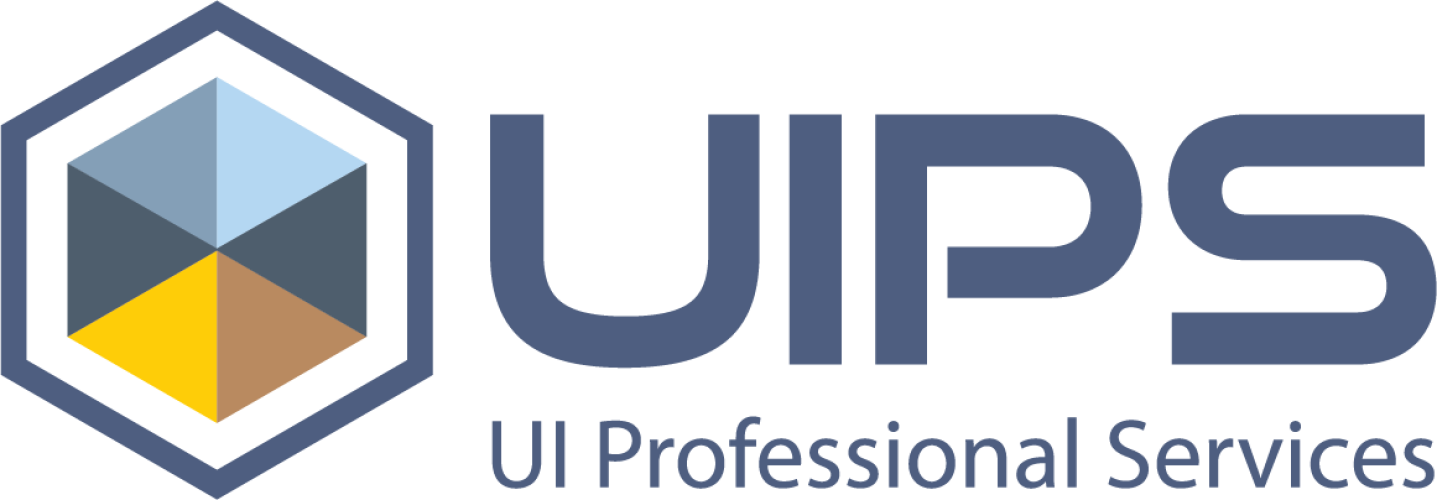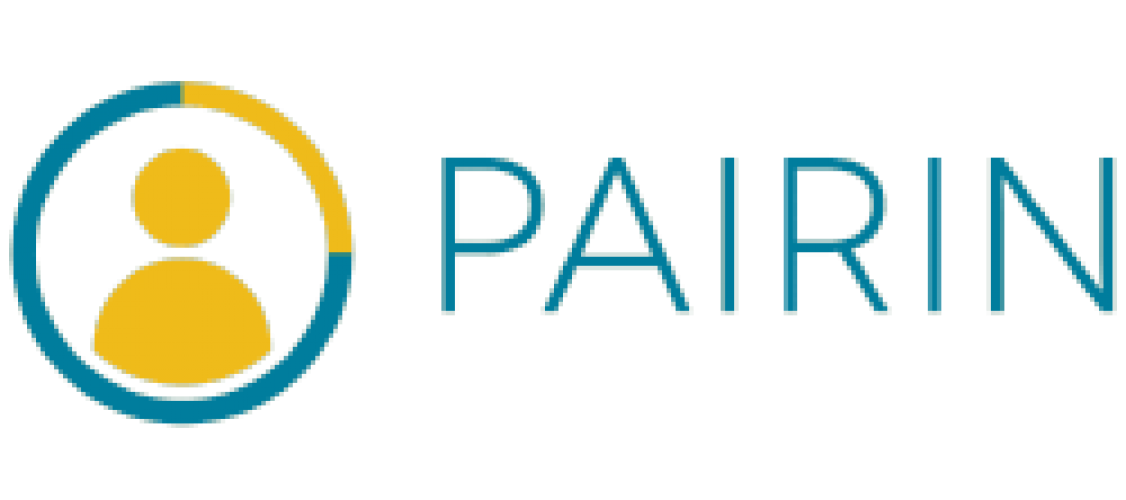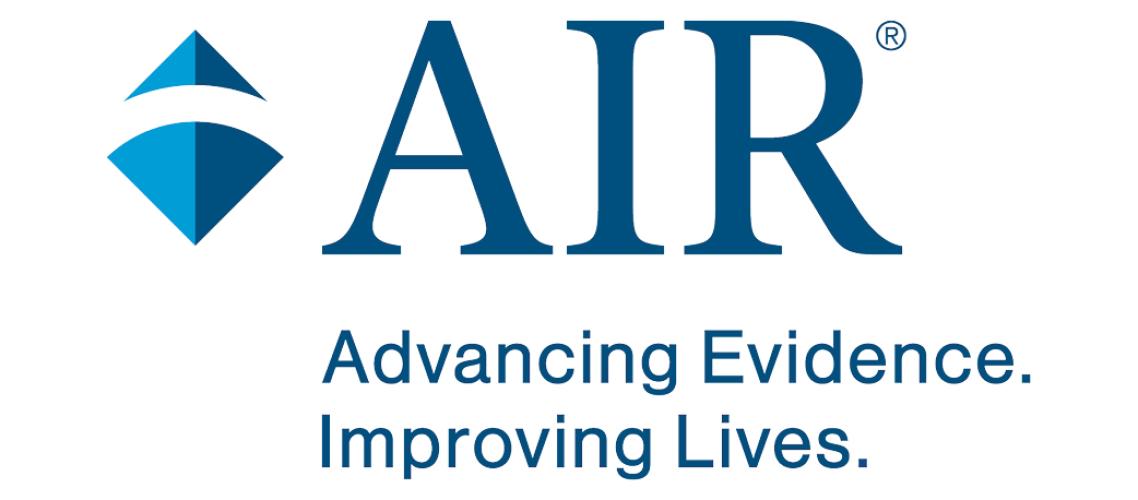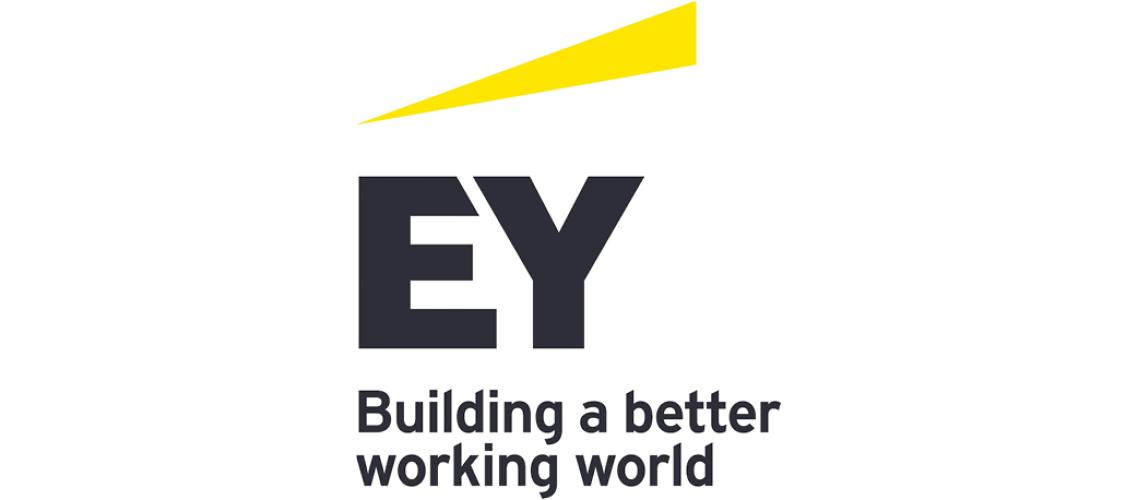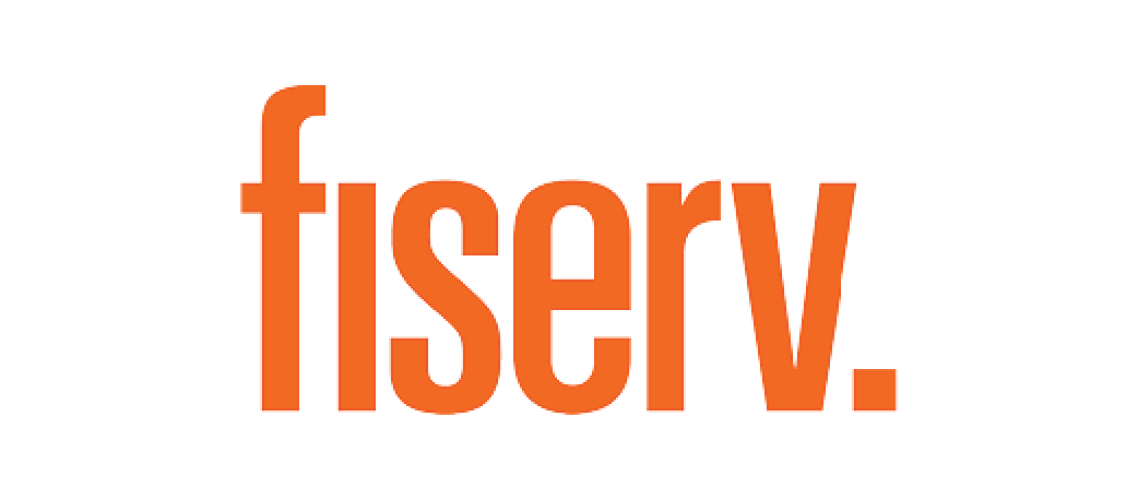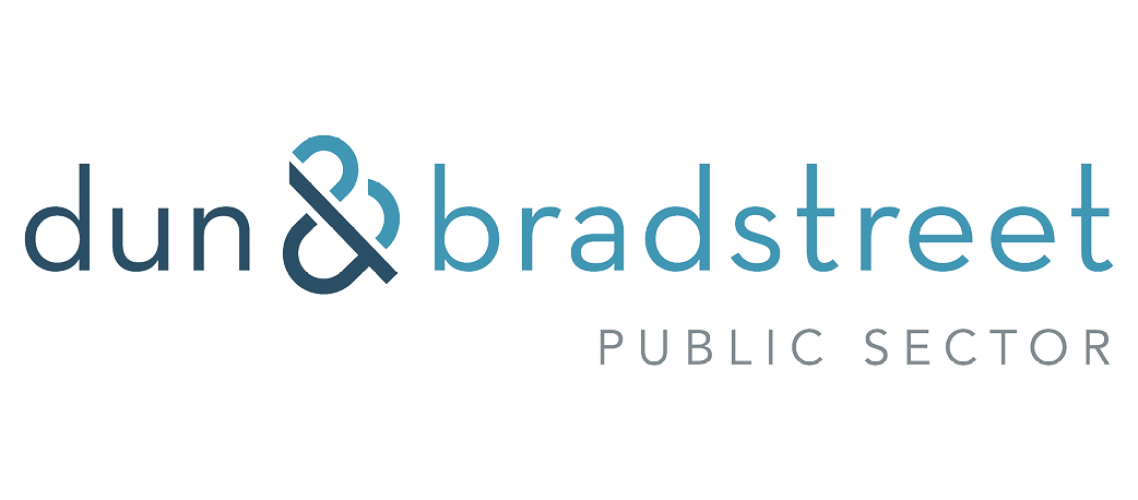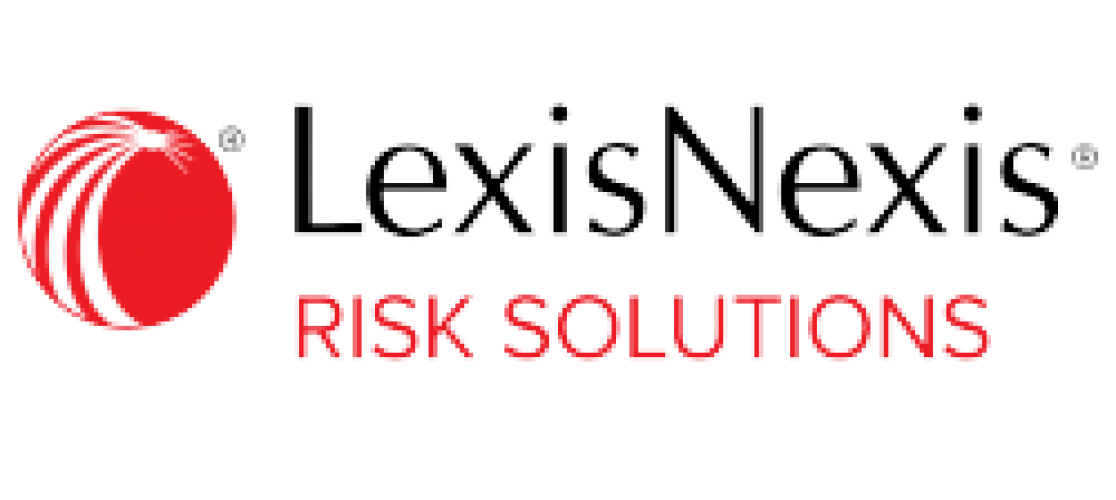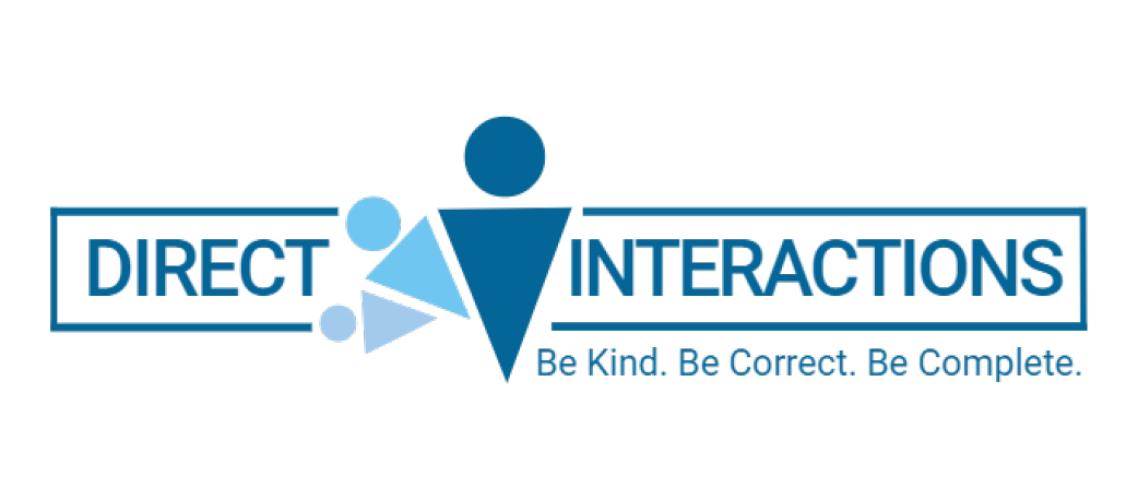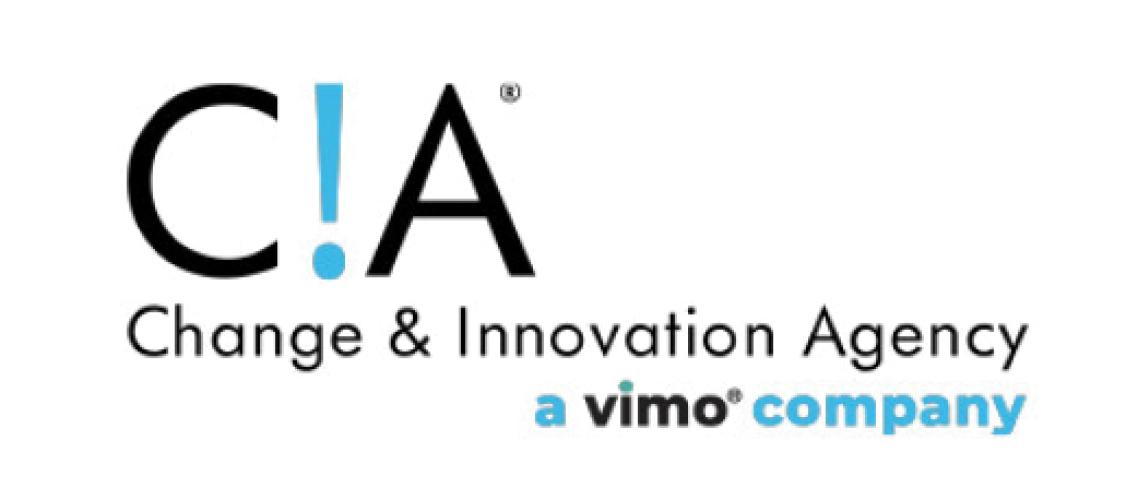Stopping Identity Fraud in UI Before it Happens: Innovating with Behavioral Science
In our current series on preventing improper payments, we’ve discussed why confusion, stress, and self-deception can contribute to UI claims issues. Below, we explore premeditated fraud in UI claims, specifically identity fraud. Whether you work in fraud, claims, or other departments, we hope the thought experiment and COM-B tool can help unlock your own ideas—and help prevent fraud in your state workforce agency.
Picture yourself as a behavioral scientist working with law enforcement – a criminal profiler of sorts. Your new assignment is to help prevent identity fraud in state unemployment systems by “getting in the heads of” would-be criminals and diverting them before they commit a crime.
You are handed a stack of documents. You read how identity fraud cases in UI, especially during the pandemic, have been hard to close and have cost billions annually. You read about how new technological and procedural efforts are helping to catch fraudsters after the fact, such as by validating UI claims data in multiple systems and enhancing claims audit procedures. However, fewer solutions stop fraudsters from acting in the first place.
To get in the heads of fraudsters, you read this case example:
The case gives you a specific focus: what low-cost, easy-to-implement solutions can you invent to stop people like Brenda? How do you even begin?
Behavioral Maps and COM-B
Behavioral science gives us some options. To understand any behavior, a good place to start is by making a map. A framework favored by behavioral scientists is the “COM-B system,” or the Capability, Opportunity, and Motivation Behavioral System. COM-B is based on a successful method used by crime investigators; you may recognize it better as “means, motive, and opportunity.” (See here for more information.)
The COM-B system aims to map a decision against the three eponymous criteria (capability, opportunity, and motivation), which are each further divided into psychological and physical capability, social and physical opportunity, and reflective and automatic motivation.
The model is helpful as a brainstorming tool, as it pushes us to consider psychological and environmental factors that lead to a decision. Other models work similarly but are less expansive. For example, the traditional rational decision model (a go-to for many economists and criminologists) prompts us to only think in terms of costs and benefits and thus leaves out a lot of useful context.
Using COM-B
To map Brenda’s decision using the COM-B tool, we can follow these four steps.
1. First, define the questions. Following each of the categories of the model, we create targeted questions to think through the context, such as in the example below.
| Category | Question |
|---|---|
| Capability, Psychological | What are some things that help Brenda psychologically commit fraud? |
| Capability, Physical | What are some things that help Brenda physically commit fraud? |
| Opportunity, Social | Who are some people in Brenda’s life assisting in her fraud? |
| Opportunity, Physical | What are some external factors that assist in Brenda’s fraud? |
| Motivation, Reflective | What are some conscious reasons motivating Brenda to commit fraud? |
| Motivation, Automatic | What are some subconscious reasons motivating Brenda to commit fraud? |
2. Next, answer the questions. We respond to these questions by brainstorming “enablers.” These enablers offer a full picture of what is going on inside Brenda’s head and in her environment that may be leading her to commit identity fraud. Below we add some examples to our chart.
| Category | Question | Possible Enabler |
|---|---|---|
| Capability, Psychological | What are some things that help Brenda psychologically commit fraud? | She has suppressed feelings of guilt, blinded by the prospect of money. |
| Capability, Physical | What are some things that help Brenda physically commit fraud? | She can file with an essentially anonymous IP by using a public computer. |
| Opportunity, Social | Who are some people in Brenda’s life assisting in her fraud? | Her friend enables and encourages her. |
| Opportunity, Physical | What are some external factors that assist in Brenda’s fraud? | She can easily purchase an identity online. |
| Motivation, Reflective | What are some conscious reasons motivating Brenda to commit fraud? | She wants money to repair her car and take a vacation. |
| Motivation, Automatic | What are some subconscious reasons motivating Brenda to commit fraud? | She feels secure in the effort, given that her friend got away with it. (See optimism bias.) |
3. Then, brainstorm solutions. We can determine solutions that address each of these enablers. While not all solutions may be worthwhile, we will have a menu of options that directly or indirectly target the enablers of fraud. We add a few possible solutions to the chart below. Notice many of these solutions can be implemented as informational warnings when filing claims.
| Category | Question | Possible Response | Possible Solution |
|---|---|---|---|
| Capability, Psychological | What are some things that help Brenda psychologically commit fraud? | She has suppressed feelings of guilt, blinded by the prospect of money. | Increase guilt: present vivid pictures of people hurt by identity theft (See the identifiable victim effect.) |
| Capability, Physical | What are some things that help Brenda physically commit fraud? | She can file with an essentially anonymous IP by using a public computer. | Increase fear: educate claimants about evolving techniques (e.g., cross-matching data) that make it easier to detect fraud from public computers. |
| Opportunity, Social | Who are some people in Brenda’s life assisting in her fraud? | Her friend enables and encourages her. | Increase fear: explain how colluding to commit fraud may add additional penalties (if true in your state). |
| Opportunity, Physical | What are some external factors that assist in Brenda’s fraud? | She can easily purchase an identity online. | Increase guilt: present vivid pictures or stories of people hurt when their identity was purchased online. If possible, focus on victims with similar backgrounds to typical fraudsters in your area. |
| Motivation, Reflective | What are some conscious reasons motivating Brenda to commit fraud? | She wants money to repair her car and take a vacation. | Provide an alternative: Direct claimants to a webpage or external service with legal financial resources (e.g., short-term loans, public benefits, etc.). |
| Motivation, Automatic | What are some subconscious reasons motivating Brenda to commit fraud? | She feels secure in the effort, given that her friend got away with it. (See optimism bias.) | Increase fear: provide true, vivid examples of claimants who were caught attempting UI ID fraud. |
4. Last, choose a solution to implement and test. The above solutions are low-cost and likely to have a modest impact on fraud (based on existing behavioral science research). We cannot, however, take for granted that any solution gets the results that we expect. For example, recent research shows that while some of the tips on fraud protection are effective (like shredding documents), some are not (like checking your credit history regularly). Trust, but verify!

Tips from NASWA BI
COM-B is a powerful tool. We encourage you to create your own questions, enablers, and solutions!
For additional context when using the COM-B tool, explore this report on 59 interviews with identity thieves and the opinions of some subject matter experts (such as here or here).
NASWA BI can help your agency reduce UI fraud. For assistance with using the COM-B or testing solutions, please email NASWA BI at integrity@naswa.org.
